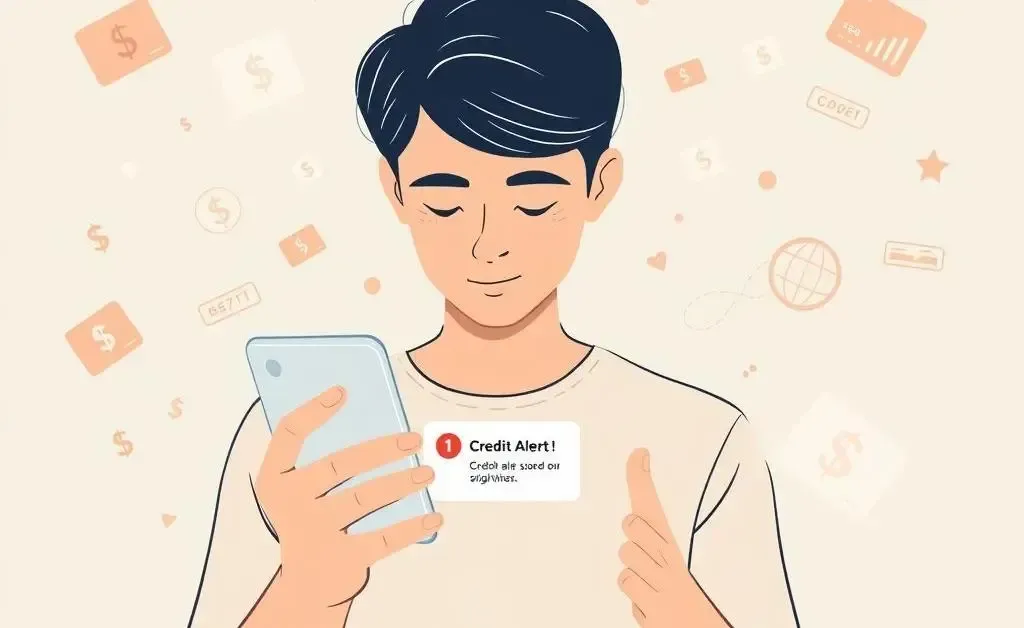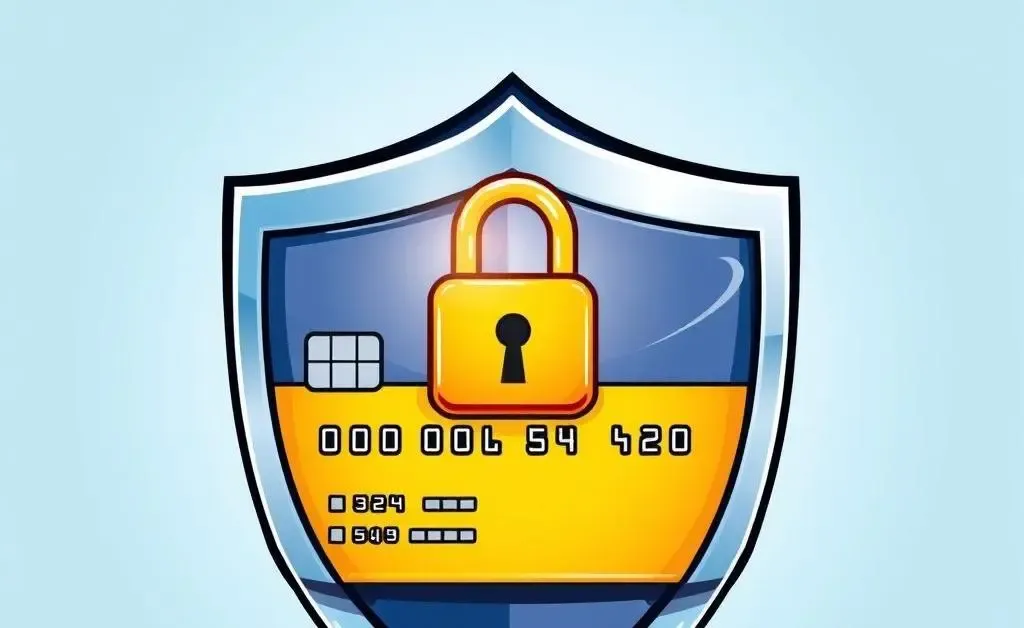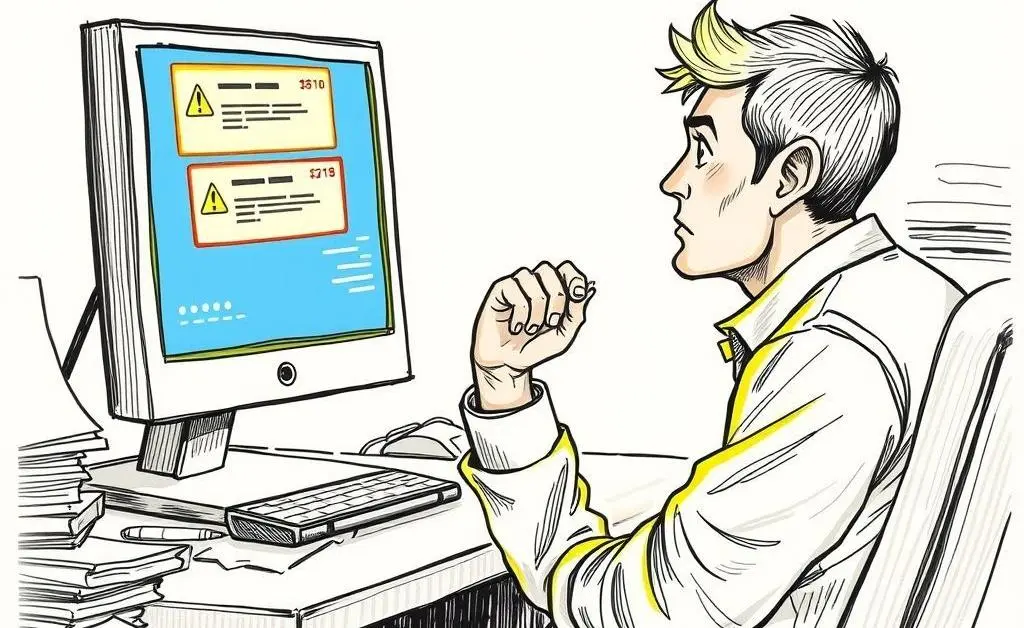Understanding Credit Alerts: How Validating Financial Notifications Can Save You Money
Discover practical tips to validate credit alerts, boost your financial security, and save money.

Have you ever received a credit alert that made you stop and wonder, “Is this even real?” You're not alone. In today's world, staying vigilant about your financial matters has become crucial, especially with the rise in sophisticated scam techniques. But don't worry, I've got your back with some friendly advice on how to navigate these choppy waters.
What Are Credit Alerts?
Credit alerts are notifications sent by your financial institution or a credit monitoring service whenever there’s significant activity on your account, like a large withdrawal or an application for new credit. These alerts are designed to help you quickly spot potential fraudulent activities.

Why Is It Important to Validate Credit Alerts?
To put it simply, not all credit alerts are created equal. Some alerts could be legitimate warnings, while others might be attempts at phishing or scams. Validating these alerts helps protect your personal information and prevents possible financial losses.
Steps to Validate a Credit Alert
- Check the Source: Make sure the alert came from your bank or a trusted financial service provider. Double-check email addresses and phone numbers to confirm they're legitimate.
- Review Account Activity: Log in to your account directly — avoid clicking on links in the alert. Look for any unfamiliar transactions.
- Contact Your Bank: If you’re unsure, call your bank using the number on the back of your card (not the one in the alert) to verify the notification's authenticity.

What to Do If You Identify a Scam Alert?
If you suspect an alert is a scam, it’s important to report it to your bank immediately. They may advise you on how to secure your account and the next steps to protect your finances.
Prevention: Your Best Defense
Preventive measures go a long way. Consider using multi-factor authentication, setting strong, unique passwords, and regularly monitoring your accounts for any unusual activity. Keeping your antivirus software up to date also adds an extra layer of protection.

Conclusion
In today's digital age, we can’t afford to ignore the reality of financial scams. By knowing how to validate credit alerts and remaining vigilant, you can safeguard your hard-earned money and achieve peace of mind. Have you ever encountered a dubious credit alert? How did you handle it? Feel free to share your experiences in the comments!




